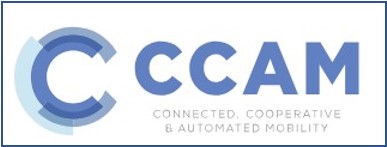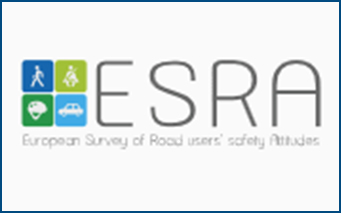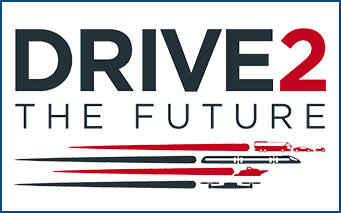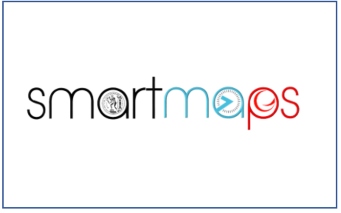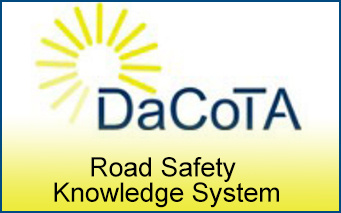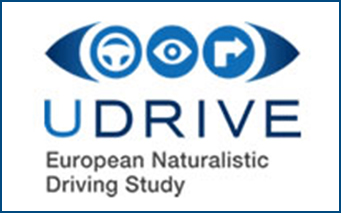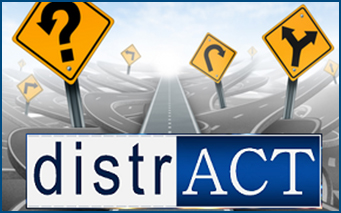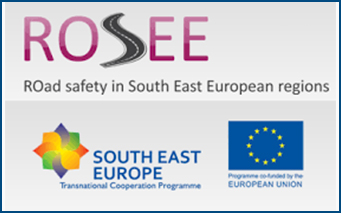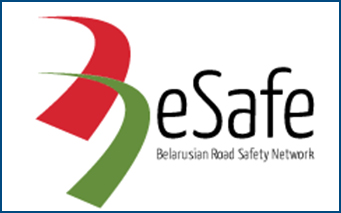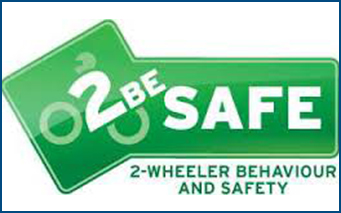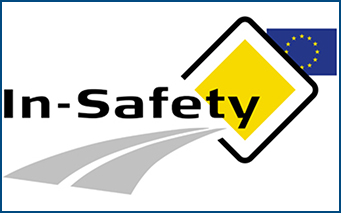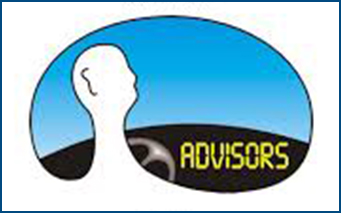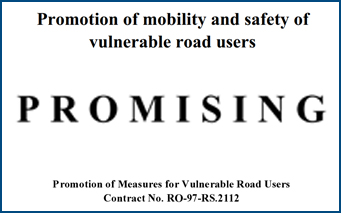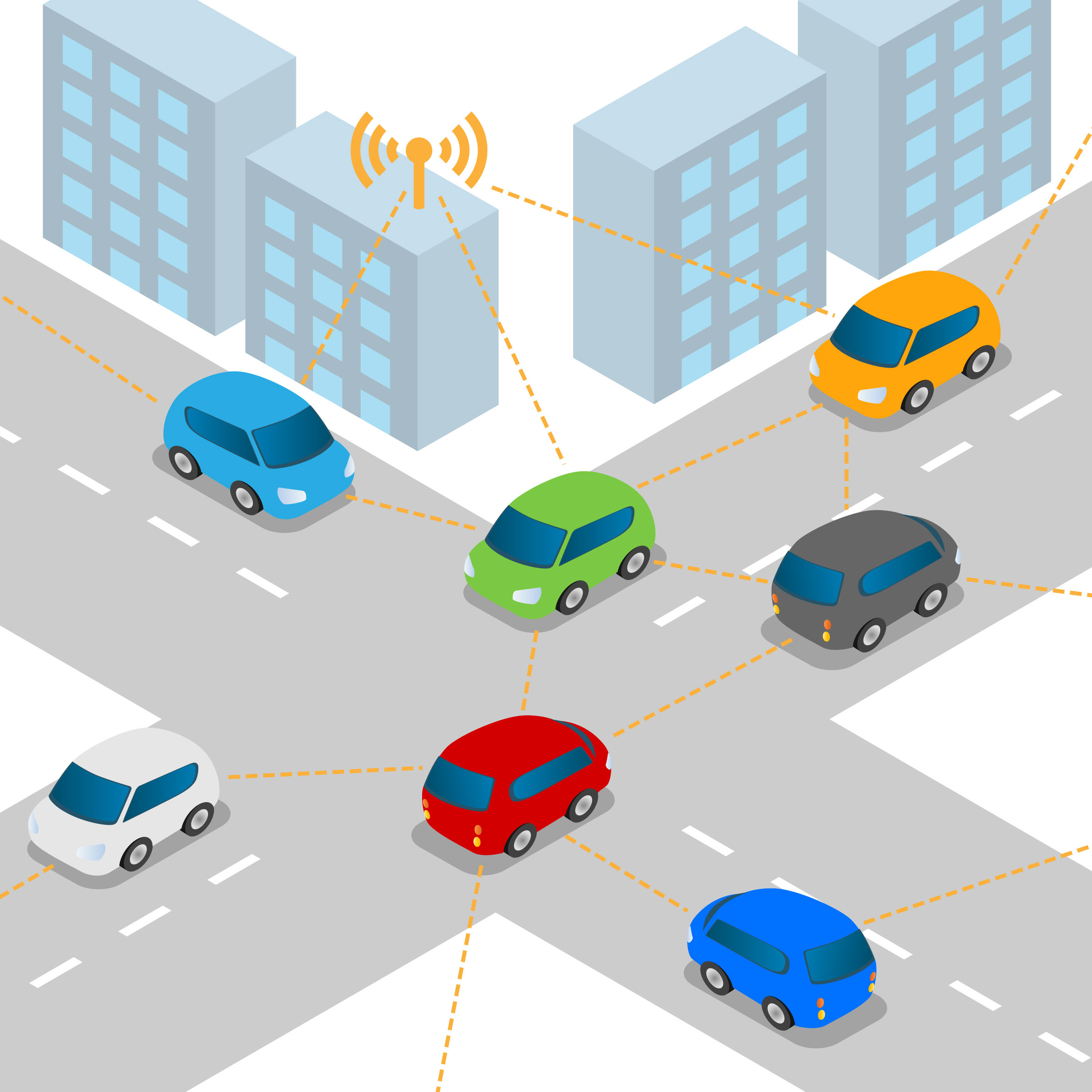
Today the driver makes choices, tomorrow the choices will be made by the autonomous vehicles, by the autonomous traffic and by the people managing them. So there is need to “train” the vehicles, the traffic and the people managing them on how to handle a number of fundamental choices.
Firstly, a number of real time operational safety choices of the autonomous vehicles pertain. When a collision is unavoidable, what the autonomous vehicles should choose to hit: the tree/obstacle, another vehicle, a pedestrian or continue exploring avoidance of collision? Furthermore, in a conflict of two autonomous vehicles (connected or not) how their decisions should be coordinated for their safety and the safety of the other road users? These driver choices are taken also today without autonomous traffic, but nobody can keep real-time record of the driver risk perception and decisions, whereas the autonomous vehicles will allow for detailed monitoring of any choice and the programming behind it.
Second come choices about managing congestion and optimising traffic. Mathematically speaking, autonomous vehicles lower speeds lead to more congestion and traffic delays and the traffic optimisation achieved through the coordination of autonomous vehicles traffic (when all or most vehicles will be autonomous and/or connected) might not be sufficient to compensate these traffic delays. Transport demand can be well assisted through automated traffic management of the autonomous and/or connected vehicles. However, the accessibility easiness of autonomous traffic might explode transport demand at the limited road infrastructure available (more children, young elderly and other road users without driving licence will be exploiting the new autonomous reality), bringing thus an – impossible to estimate today – amount of higher congestion.
Finally, the issue of balancing safety with traffic optimisation will be more challenging than today’s random choices of drivers and other road users. How slow autonomous vehicle traffic should be designed in order to still being efficient? In every negotiation between the vehicle and the non-autonomous other road users (pedestrians, cyclists, power-two-wheleers) the balance between safety and traffic efficiency should be found. An extreme example situation could be that vehicles programmed to be very “safe and polite” might be well blocked by the other road users passing in front of them.
At the end of the day there is need for traffic and safety engineers to optimise such choices and decisions on traffic and safety, but also a lot of marketing to inform the society as clear as possible about all the pros and cons of these new choices.
Contribution at the Autonomous Vehicles Session of the 14th World Conference on Transport Research, Shanghai, July 2016
























